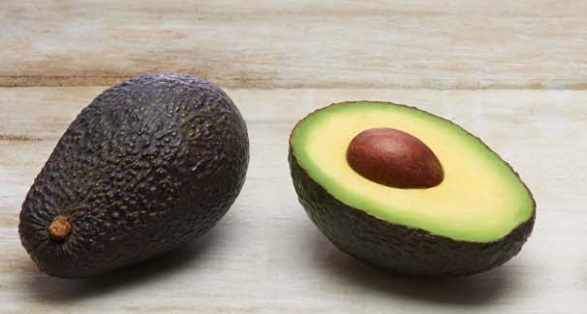Mission Produce to ship Colombian avocados "straight away" once U.S. access opens

An executive from one of the world's top avocado companies says recent U.S. approval for Colombian imports is both "surprising and not at the same time", but as with other openings the industry will have to take a careful approach to the new supply source. 
"On one standpoint I’m not surprised but the speed of how things happen sometimes in Washington is probably more amazing," says Jim Donovan, SVP of global sourcing and logistics at California-based Mission Produce.
"When you’ve been working towards something for years and it happens, there’s nothing but excitement that’s for sure," he tells Fresh Fruit Portal.
Mission Produce recently entered a joint venture with Colombia's largest Hass avocado producer Cartama, and Donovan hopes to be able to import as soon as possible once the fruit is officially allowed into the United States as of Sept. 14.
"I think because we’re well entrenched there the idea would be to ship straight away. Our partner is one of the few actually that has farms and facilities that are ready to go," the executive explains.
"That's the other big question - how much fruit will flow to the States?
"Honestly right now I would guess an estimate of between 5-10% of the fruit that’s in production might be ready to go, so while the gates will open they won’t fly open and see a surge of fruit towards the U.S."
He says the window for Colombian avocados into the U.S. will coincide with its peak season, running roughly from September through to March, perhaps April.
"We're in the midst of a transition between California and Peru finishing up and Mexico trying to get started with its regular crops; it's in the off-bloom now and getting into the regular crop," he says.
This gap in supply can lead to chaos in the market, which is why having a new origin will be welcome provided it can meet rigorous standards.
"We’ve been so fortunate as a commodity to create tremendous demand that quite frankly we’re all running as fast as we can to keep up with," Donovan says.
"That's a great thing but it also creates some of those gaps, so as September goes into October and Mexico is into its regular crop we’ll see the supplies open up.
"For sure it’s an opportunity for Colombia but it’s one we’ll have to be cautious about and watch, and be very responsible with."
He emphasizes U.S. buyers may take some time to accept Colombian avocados in terms of how the fruit handles and other factors.
"Generally speaking, on the customer side they are creatures of habit in the sense of what they know supply-wise.
"When times are difficult you’ll see that the openness to look at other sources, but when there’s ample supply they’re pretty quick to look at what they’re comfortable and knowledgeable with."
It is worthwhile putting the Colombian avocado industry in context as well. While the South American nation is the world's third-largest avocado producer, only a fraction of its cultivation is actually with the more commercially popular Hass variety.
And when it comes to the North American Hass market, Mexico rules the roost and will continue to do so for a long time to come.
"Mexico is so large, so dominant in the Americas in particular, particularly North America as a supplier," Donovan says.
"If you start to look at the statistics of the North America market, California or Peru's share is so small. You’re talking single-digit impact at best for Colombia in the U.S.
"Over time I think the enthusiasm in Colombia is all about the potential. It has a real agrarian history, we know they grow a lot of other commodities – cut flowers, for which Colombia is the largest exporter and our partner is a leader, bananas and coffee come to mind, which are on a large scale - so you understand the country can do it."
In Colombia Donovan sees some similarities in the topographical challenges present in Michoacán, Mexico.
"For me it’s quite similar to the conditions we see in Mexico in Michoacán in the high-altitude volcanic mountains...it's not easy to farm, it’s completely different to say what we do in Peru.
"It's taken decades literally to get to where they’re at now [with Mexico], relative to the number of hectares planted and the size of the industry. It didn’t just happen overnight, so we’d expect that you’ll see something similar, that it's going to take time to get infrastructure.
"The investment plans we’ve heard from the government are solid to get out of these growing areas to the ports and to the markets rapidly. Once you get them to the ports they're in pretty good shape...historically getting to the port is the thing that’s taking more time."
To conclude the interview, Donovan highlights that for Mission the Colombian deal is not just about the U.S. market.
"While the opening of the U.S. is important, really the backbone of the project and partnership is on our global markets," he says.
"Europe is already a market and we intend to grow that as well, so for us it’s as much about the opportunity to supply our European and potentially Asian customers with fruit, as it is in supplying North America or for that matter South America.
"South America eats a lot too and doesn’t get the attention, so for us we intend to utilize the Colombian fruit for any market that makes sense."
Photo: Mission Produce

















































